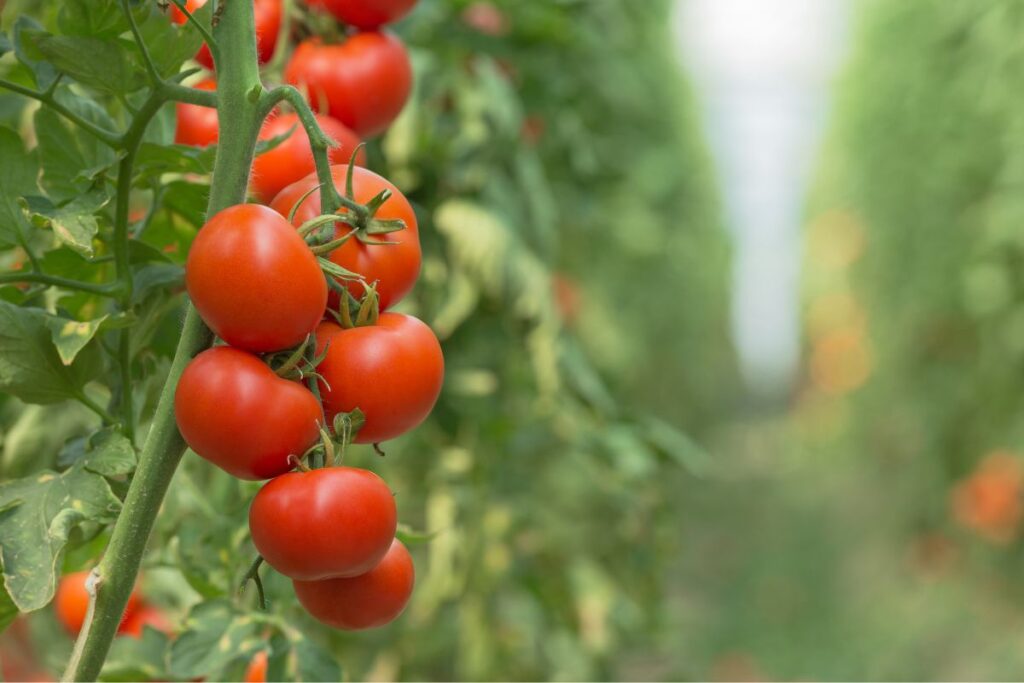Growing tomatoes successfully requires more than just sunlight; a precise watering regimen is crucial. Here, we explore how to water tomato plants optimally by discussing the influence of various factors such as climate, soil type, and container use. Additionally, we provide practical tips on recognizing signs of overwatering or underwatering, with expert advice integrated throughout.
Understanding Watering Needs Based on Environment
Different environmental conditions necessitate distinct watering practices. Understanding these needs will help in achieving luscious, healthy tomatoes.
Effects of Climate on Watering Frequency
The temperature and humidity of your area play decisive roles in determining how often you should water your tomatoes. In hotter and drier climates, tomato plants require more frequent irrigation, sometimes even daily if they are potted or in sandy soil which facilitates quick drainage. On the other hand, areas with cooler or humid climates might demand less frequent watering due to slower evaporation rates.
Influence of Soil Type
The soil’s composition significantly affects moisture retention. Sandy soils, which drain rapidly, might need watering up to three times per week. Conversely, clay-rich soils, known for retaining water, can often sustain with just one watering per week. This variability illustrates the necessity to adjust watering schedules according to soil type, rather than following a fixed routine.
Container vs. Ground Planting
Tomato plants grown in containers differ from their ground-planted counterparts due to limited root growth space and quicker soil drying. These factors make regular monitoring and potentially increased watering frequency essential for potted tomatoes. To aid water retention, adding organic mulch to the container is advisable, helping maintain consistent moisture levels.
Optimal Watering Techniques for Tomato Plants
Correct watering goes beyond frequency—how you water your tomatoes also impacts their health and productivity.
When to Water
Watering should ideally be done early in the morning to reduce evaporation and allow leaves to dry before nightfall, minimizing disease risks. If hand-watering, apply water gently to the base of the plant to prevent soil displacement. For an effective and efficient approach, consider setting up a drip irrigation system that delivers water directly to the roots at a controlled pace.
Mulching for Moisture Control
Mulching plays a pivotal role in conserving soil moisture and controlling temperature. Adding a two-to-three-inch layer of organic material like grass clippings or shredded newspaper around the plants can make a significant difference during prolonged periods of heat and drought.
Signs of Watering Issues
Monitoring your tomatoes closely will help you catch and address irrigation issues before they compromise the crop’s quality.
Detecting Overwatering
If you find your tomato plant’s leaves turning yellow and the roots appearing dark and soft, you might be overwatering. It’s essential to adjust your watering schedule accordingly and ensure proper drainage to prevent root rot.
Spotting Underwatering
In contrast, wilting or curling of leaves typically indicates underwatering. Should you encounter dry soil conditions consistently, increase your watering frequency especially during intense heat or windy conditions.
Concluding Tips on Watering Tomatoes
- Adjust watering based on weather conditions
- Check soil moisture regularly
- Utilize mulching to enhance moisture retention
- Consider mature plant requirements—fruit-bearing plants may need slightly more water than those still in vegetative stages
- Be vigilant about changes in plant appearance as it could indicate watering issues
By understanding and integrating these nuanced approaches to watering, you can cultivate robust and fruitful tomato plants. Prioritizing adequate irrigation without overwhelming the plants ensures bountiful harvests of vibrant, vine-ripened tomatoes.

